How Dentists Check for Oral Cancer: A Comprehensive Look at Screening and Detection
Oral cancer screening is a vital part of routine dental visits in the United States. Dentists play a crucial role in early detection, which can save lives by identifying cancerous changes before they progress. Understanding how dentists check for oral cancer empowers patients to stay vigilant and proactive about their oral health.
Why Oral Cancer Screening Matters
Oral cancer includes malignancies of the lips, tongue, cheeks, floor of the mouth, and throat. Early detection significantly improves treatment outcomes, but many cases go unnoticed until they reach advanced stages. Regular screenings by dentists are essential, especially for individuals with risk factors such as tobacco use, heavy alcohol consumption, or a history of HPV infection.
1. Visual Examination of the Mouth and Throat
One of the first steps in oral cancer screening involves a detailed visual examination. Dentists carefully inspect all areas inside the mouth, including the lips, tongue, roof and floor of the mouth, and throat. They look for abnormal patches, sores, lumps, or color changes that may signal precancerous or cancerous lesions. This step requires experience and a keen eye to differentiate benign irregularities from those needing further investigation.
2. Physical Palpation to Detect Abnormalities
After the visual check, dentists palpate—gently feeling—the tissues in the oral cavity and neck area. This helps identify lumps or thickened areas not visible to the naked eye. Palpation extends to lymph nodes in the neck, as swollen nodes can indicate spreading cancer. This hands-on approach is critical in spotting subtle changes early on.
3. Use of Specialized Diagnostic Tools
Modern dental practices often incorporate advanced tools to aid in oral cancer detection:
- Fluorescence Visualization Devices: These devices emit a specific light wavelength that makes abnormal tissues fluoresce differently from healthy tissue, highlighting suspicious areas.
- Brush Biopsy: When a suspicious lesion is found, a minimally invasive brush biopsy may be performed. This collects cells from the surface of the lesion for laboratory analysis, helping to identify abnormal or cancerous cells without requiring a surgical biopsy initially.
- Oral Cancer Screening Software: Some clinics use software that analyzes images and patterns to flag potential risks, providing dentists with enhanced diagnostic support.
Patient History and Risk Assessment
A thorough oral cancer check also involves discussing the patient’s medical and lifestyle history. Dentists inquire about tobacco and alcohol use, family history of cancer, exposure to HPV, and previous oral health issues. This information helps tailor screening frequency and depth of examination, ensuring higher-risk patients receive closer monitoring.
Real-Life Example: Early Detection Saves Lives
In one notable case, a middle-aged patient visiting for a routine dental cleaning was found to have a small, painless white patch on the tongue. Thanks to the dentist’s careful screening and use of fluorescence visualization, a biopsy was quickly performed, revealing early-stage oral cancer. The patient underwent successful treatment with minimal complications, illustrating the life-saving impact of diligent dental screenings.
What Patients Can Expect During an Oral Cancer Screening
During your dental visit, the oral cancer screening is painless and takes only a few minutes. The dentist or hygienist will ask questions about your health habits, visually inspect your mouth, palpate tissues and neck areas, and possibly use diagnostic tools if needed. If any suspicious areas are found, you will be referred to a specialist for further evaluation and treatment.
Steps to Take Between Screenings
Patients can support their oral health by avoiding tobacco, limiting alcohol, maintaining good oral hygiene, and eating a balanced diet rich in fruits and vegetables. Awareness of early symptoms—such as persistent mouth sores, unexplained lumps, or difficulty swallowing—should prompt immediate dental consultation.
Advancements and Future Directions in Oral Cancer Screening
Emerging technologies, such as saliva-based diagnostics and AI-assisted image analysis, promise to revolutionize oral cancer detection. Research continues to explore more accessible and accurate methods to catch oral cancer at its earliest and most treatable stages.
Community Outreach and Education Efforts
Many health departments and dental organizations in the US run community programs to raise awareness about oral cancer risks and the importance of screening. Mobile dental clinics and free screening events help reach underserved populations, ensuring early detection opportunities are available to all.

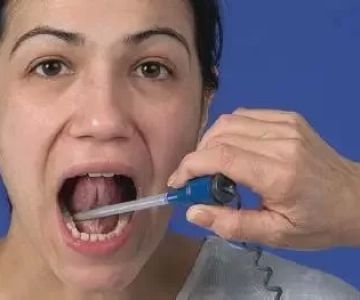

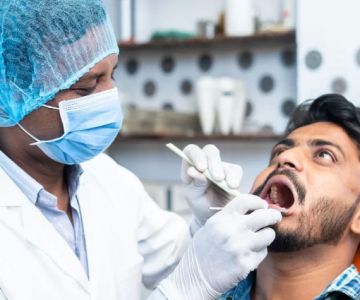
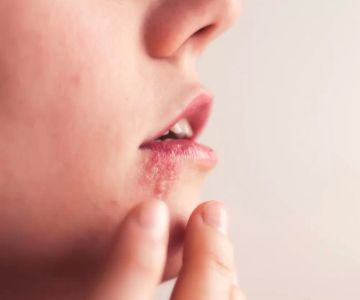
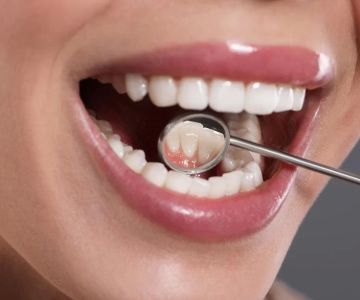
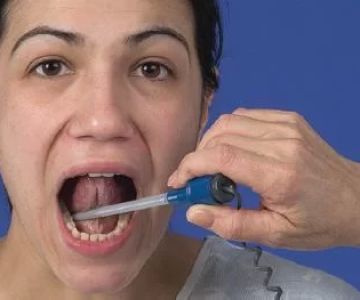
 Growing Smiles of Voorhees4.0 (2464 review)
Growing Smiles of Voorhees4.0 (2464 review) Affordable Dentures & Implants4.0 (855 review)
Affordable Dentures & Implants4.0 (855 review) Coventry Family Dental4.0 (247 review)
Coventry Family Dental4.0 (247 review) Hiser Orthodontics5.0 (283 review)
Hiser Orthodontics5.0 (283 review) Sapphire Family Dental (Dr. Amy Chi, Dr. Emily Allen & Dr. Steven Rzepecki)4.0 (208 review)
Sapphire Family Dental (Dr. Amy Chi, Dr. Emily Allen & Dr. Steven Rzepecki)4.0 (208 review)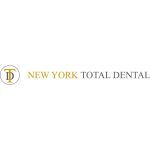 New York Total Dental5.0 (85 review)
New York Total Dental5.0 (85 review) The Importance of Oral Health Education During Pregnancy for a Healthy Pregnancy
The Importance of Oral Health Education During Pregnancy for a Healthy Pregnancy Best Tips for Brushing Your Teeth Properly for Healthy Gums: Essential Techniques for Oral Health
Best Tips for Brushing Your Teeth Properly for Healthy Gums: Essential Techniques for Oral Health Why Skipping Dental Checkups Can Lead to Bigger Oral Health Problems
Why Skipping Dental Checkups Can Lead to Bigger Oral Health Problems Advantages of Porcelain Dental Restorations
Advantages of Porcelain Dental Restorations How Can Diabetes Cause Tooth and Gum Problems? Preventing and Managing Oral Health Issues
How Can Diabetes Cause Tooth and Gum Problems? Preventing and Managing Oral Health Issues Healthy Habits for Promoting Good Oral Health and Hygiene: Tips for a Healthy Smile
Healthy Habits for Promoting Good Oral Health and Hygiene: Tips for a Healthy Smile